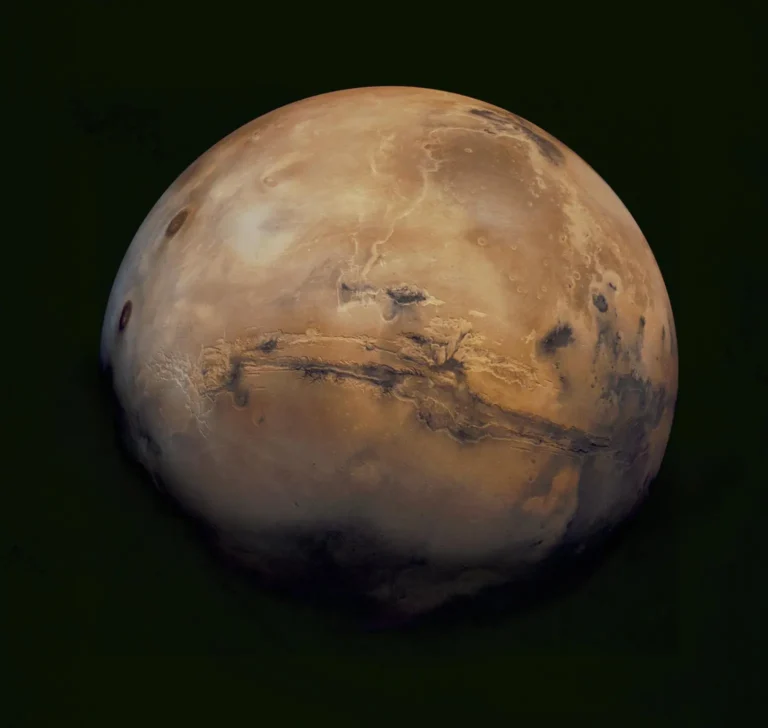Key Takeaways:
We all survey the vastness of space with a certain amount of wonder and awe. Exploring and understanding the cosmos requires units to express its size — including volume. But because of that vastness, we often revert to nonstandard metaphors to help convey it.
To express the volume of something big, like the Sun for example, writers commonly say that a million planet Earths would fit inside it. Tiny objects demand similarly creative analogies. The universe contains mostly hydrogen atoms, whose mass is concentrated in the nucleus, usually as a single proton. That proton is 1,836 times heavier than the electron buzzing around it. But a true picture requires us to also visualize its structure, which is mostly empty space. We’d succeed by representing that proton as a raisin in the middle of a football field and letting the electron be a barely visible fairyfly in the upper grandstand.
But analogies only go so far. To make detailed comparisons, we really need a single multipurpose volume unit. Science has chosen the cubic centimeter (cm3). Happily, there’s an earthly object exactly that size: the sugar cube.
In the U.S. in the 1960s, the displacement of motorcycle and car engines — which had previously been expressed in cubic inches — increasingly began to be cited in cubic centimeters, abbreviated as cc. Soon most people understood that motorbikes like the Honda 50 had 50cc engines that were wimpy but cheap and maneuverable. And today, most Americans know a 600cc motorcycle is a substantial cruising machine because we’re now accustomed to cubic centimeters. Making comprehension even easier, 1 cubic centimeter of water weighs exactly 1 gram (the same weight as a U.S. dollar bill), making the density of water 1 g/cm3.
This makes it easy-peasy to put into perspective Earth’s overall density of 5.5 g/cm3, the highest of any planet in the solar system. And knowing Saturn’s density is 0.7 g/cm3 suggests it’s composed of light elements like helium and explains why it would float on water.
In fact, all sorts of revelations spring forth when we use cubic centimeters. We’ve already seen that each atom is mostly empty space, so it makes sense that there is very little actual material in our lives — or our bodies. If we took the entire human race of some 8 billion people and removed all the empty spaces in and between our atoms, our matter alone — basically everyone’s combined atomic nuclei — would fit inside a single sugar cube. That’s right, our entire species amounts to 1 cubic centimeter of solid material after you’ve removed the empty spaces. Plop! Drop us into a cup of tea.
But we’re here to stretch our minds with mostly unknown insights, and you might have heard that one. So, how’s this second fact: The brightness of the cosmos essentially boils down to how many photons it contains. A photon-less universe would be pitch black. Well, the cosmos has a billion photons for each of its protons. But what does that mean, given its vast empty space? A more helpful answer is that, on average, our cosmos has 413 photons per cubic centimeter! That’s why we see pretty things through our telescopes.
Finally, since we love superlatives, what’s the highest density we can express in cubic centimeters? Not a black hole’s density, since the singularity itself may reach infinite density, though many physicists protest that infinite density is a concept devoid of any real-world physical meaning. But neutron stars are different. These, like the Crab Pulsar, are objects with stable densities. So, what density is a neutron star? Answer: 100 trillion g/cm3. That’s the equivalent of a single sugar cube weighing a hundred million tons — a sugar cube equaling the mass of 640 cruise ships.
Still think this isn’t a strange universe?









